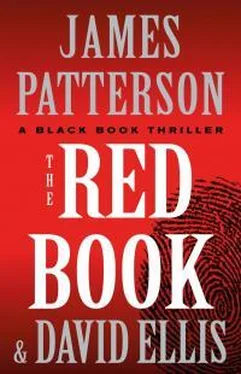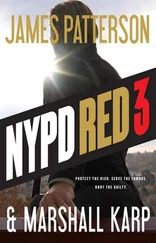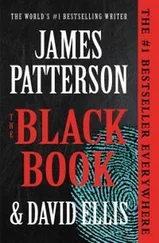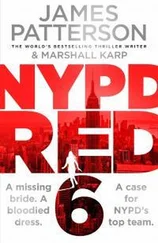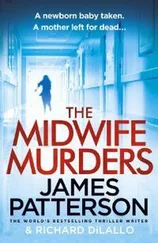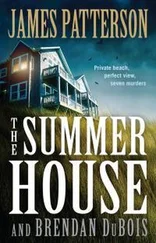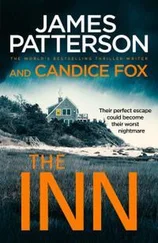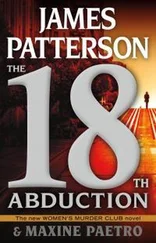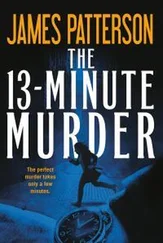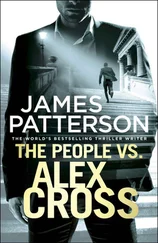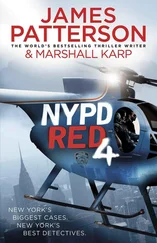“Let’s just…try to get through this as best we can,” she says.
Oh-kay.
I don’t have a box of stuff. I didn’t know where I was getting assigned. I thought, by this time of day, I’d be on horseback, or with a whistle in my mouth at the corner of Clark and Huron, or inventorying evidence behind a cage door.
All I have is a bottle of ibuprofen. I still get headaches from the bullet to my brain. No seizures yet, though they’ve been promised to me— Could be a year or so after; you never know —but headaches on an almost daily basis, yeah.
She’s putting everything just so on her desk, a little extra thud on every item she drops down, indicating her state of mind.
“Let me ask you a question,” I say. “How many times you turn this down? Partnering with me?”
She shakes her head, a smirk on her face, but doesn’t look at me. “Nobody asked me my opinion.”
“But you gave it anyway,” I say. “How many times?”
She shoves the drawer closed with a bang, turns, and faces me, her expression hotter.
“Harney! Griffin!” Lieutenant Wizniewski, standing outside his office, wiggling his fingers toward us.
I look back at my new partner. We hustle to the Wiz’s office.
“Three times,” she says to me before we enter.
“A shooting in K-Town,” says Wizniewski. “Four victims. You two will take the lead. Harney’s the senior.”
“Got it, Lew,” says Griffin.
“This one’s bad,” he says. “It’s gonna be very, very bad.”
Chapter 7
WE SPEED to the crime scene over the pockmarked streets of the West Side, its wide boulevards where commerce once boomed now lined with boarded-up buildings, payday-loan and dollar stores, fast-food joints and liquor stores and gas stations, nothing big box or upscale. The West Side was once an enclave for the wealthy—then came the immigrants, then came the black migration from the South—before it was beaten down by one economic downturn after another over the course of decades, by the flight of professionals and the highly educated, leaving behind a skeleton of poverty and desperation, crime and unemployment.
K-Town is among the most violent of West Side neighborhoods, the gangs feasting like vultures, the summer nights a shooting gallery.
Though this shooting happened in broad daylight.
We park on Van Buren, just east of Kilbourn and short of the squadrol barricades. It’s already a zoo, the residents spilling out of their homes to see the spectacle, a few reporters I recognize already on the scene. Okay, those media types will be saying, let’s see how good this SOS unit really is .
Not that we needed more heat; it has to be in the mideighties out here, everyone wilting under the afternoon sun. In other circumstances, I’d probably lose the sport jacket.
A supervisor with Patrol, a woman named Bryant, grabs us as we walk under the yellow tape. “Hey, Billy,” she says.
“Hey, Mary. Detective Carla Griffin, Mary Bryant,” I say by way of introduction.
Forensic Services is just getting here, placing down evidence markers.
“It was a drive-by,” says Bryant.
Right—so there won’t be much in the way of evidence at this crime scene other than bullets and casings. We walk under a tree on the east side of Kilbourn that provides some relief from the heat. When we emerge on the other side, we cross the street and reach the house where it happened, a brick two-flat. We duck under the tape and stop, get a big-picture view.
A dreadlocked African American male in a Bears jersey and long shorts is facedown on the sidewalk amid a pool of blood, his lifeless eyes oblivious to the flies buzzing around him. He’s wearing number 22, the one worn by our old running back Matt Forte, but bullets have ripped six or eight holes in it. Peeking out of his shirt, on the back of his neck, is a serpent coiled around a machete.
“He was a Hustler,” I say.
“This is Stanley Wilson,” says Bryant. “He went by Frisk. Yeah, a Hustler, low-level. Lookout, front man, courier, a guy who took orders.”
“He approached the car?” asks Carla. “This was a drug buy?”
“Probably,” says Bryant. “No drugs on him, but he had some tens and twenties in his pocket. So he was the screen, the pay window.”
“Where’s the pickup window?” Carla asks.
Bryant allows a grim smile. “I’m fairly sure they packed up business for the day. But you know how it works. It was probably around the corner, on the way back to 290. I took the liberty of sending out officers up and down Kilbourn and Van Buren—I assume you approve.”
“Yeah, sure, Mary, thanks,” I say before Carla can say something about chain of command.
So that’s the first victim. Three more.
We carefully step around the Bears jersey and approach. On the right side of the porch—our right, that is—the dark wood is splintered everywhere, pockmarked from bullet holes, with spatters of blood and a deep pool of it on the top step.
“The man sitting on the porch stairs was Dwayne Sears,” Bryant tells us. “Goes by Shiv. He’s in surgery at Loretto. Multiple GSWs to the chest. No idea what his chances are. He was a lieutenant in the Hustlers. He was the real deal.”
And he was probably the reason this happened. Whoever did this wasn’t here for the courier by the sidewalk. Shiv must have been the target. And yet he’s the only one who survived, at least so far.
The third victim, splayed out awkwardly on the walkway to the porch, is a young white woman. Blond hair still up in some kind of fashionable messy bun, her head resting on the top stair, lifeless eyes gazing into the beyond, her mouth open in a small circle. An oversize white T-shirt that falls to her thighs.
We lean over her. She’s young—late teens, early twenties—and skeletally thin, unnaturally so, suggesting malnourishment. Four bloody gashes where gunfire ripped open her chest. Track marks on her bony arms. Encircling her throat is a necklace dangling a charm that looks like some kind of shepherd dog. A gold-studded watch marked CHANEL on its face, surely a knockoff she bought on the street for a hundredth of the retail price. And above her ankle, a small tattoo of a black flower.
I stifle the urge to cover her, to shield her, to swat away the buzzing flies.
“No ID on her,” says Bryant. “Someone thinks, but isn’t sure, she went by Evie.”
Judging by the direction of the bullet holes battering this porch, I figure the girl was sitting next to Shiv when the shooter drove by. And judging by her position, I expect she hardly had the chance to move before the bullets riddled her body. She was dead before she knew what happened.
Inside the house, wailing, a woman’s anguished howl.
Carla and I look at each other. “Ready?” I ask.
She goes first as we steel ourselves before we see the fourth victim.
Chapter 8
WE STEP inside the house: squeaky hardwood floor; mismatched, torn furniture.
An African American woman, early twenties—the mother, Janiece Moreland—tears streaming down her face, cradling her young daughter in her arms, as if she were a newborn, not a four-year-old girl. The little girl—LaTisha, I’m told—head in her mother’s lap, pigtailed and chubby-cheeked, dressed in a red T-shirt with what appears to be a large squirrel on the front. Her eyes are closed peacefully. Her lips are pursed as if she were blowing a kiss. She would look like nothing more than a cute little girl sleeping in her mother’s lap if not for the dark, mushy wound above her pigtail where the bullet hit. The white wall behind them is spattered with blood and small fragments of little LaTisha’s brain.
I open my mouth, but words don’t come out.
“Ms. Moreland,” says Carla, “I’m Detective Griffin, and this is—”
Читать дальше
